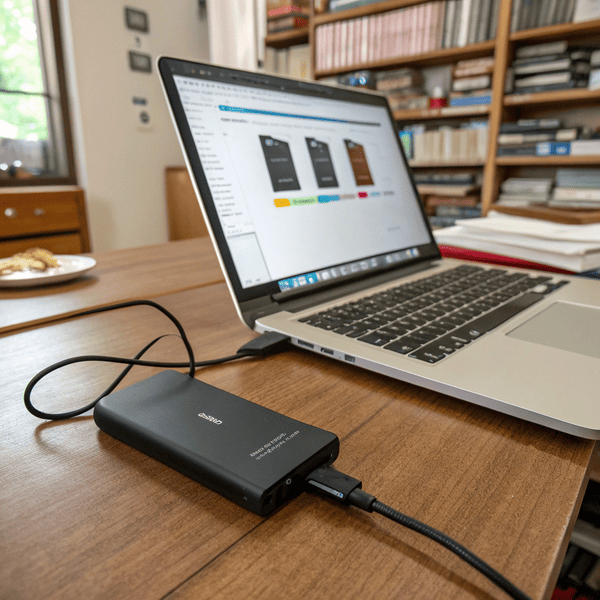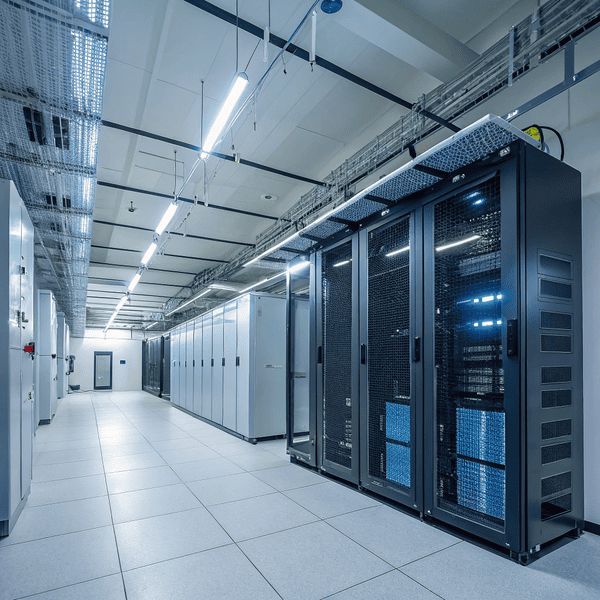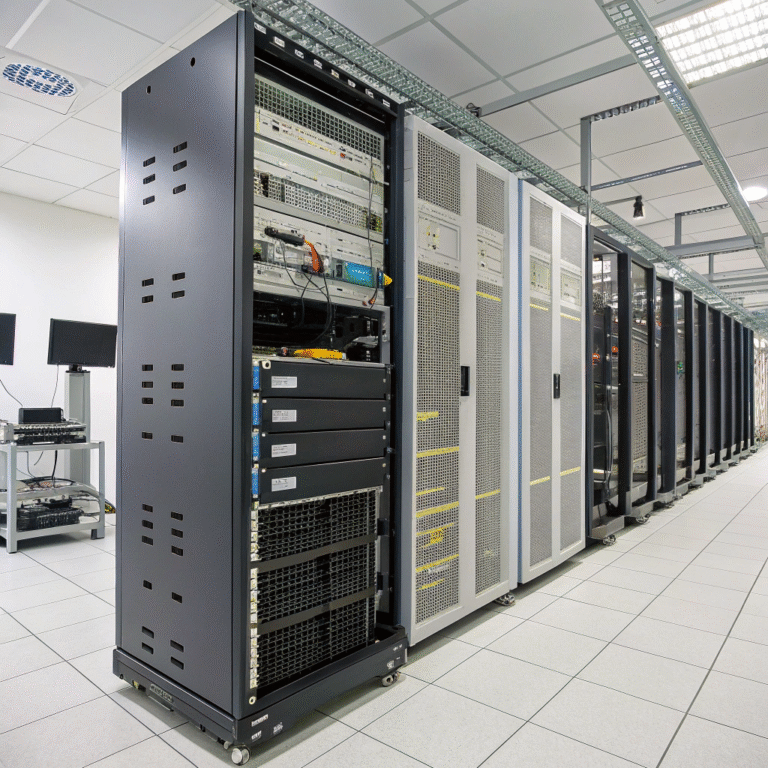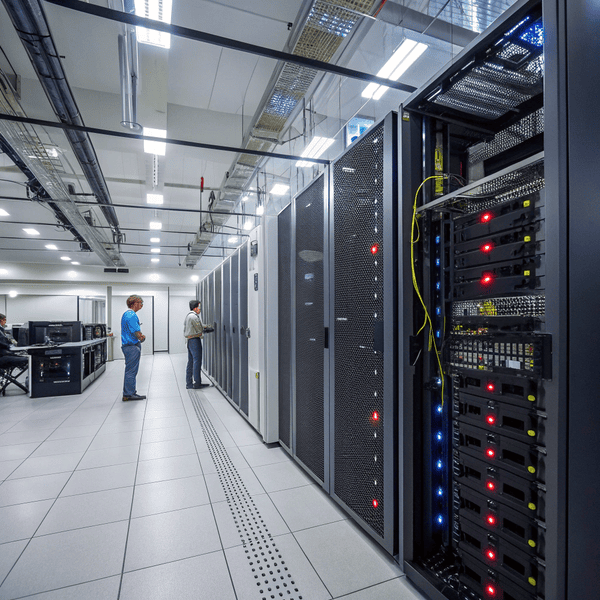Everyone expects their new external SSD to blaze through file transfers, just like the numbers on the box. The reality can be slower—and it’s frustrating when you need speed for real work.
Most external SSDs run slower than advertised due toMost external SSDs[^1] run slower than advertised due to connection limitations, cable quality, hardware compatibility, or background tasks using system resources.
[^1]: Understanding the factors affecting external SSDs can help you optimize their performance and make informed purchasing decisions.
, cable quality, hardware compatibility, or background tasks using system resources.
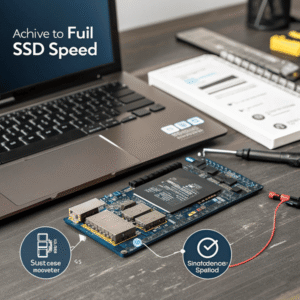
I remember eagerly unboxing my first “gigabit” portable SSD, only to see speeds drop far below expectations. After troubleshooting for hours, I realized it had nothing to do with the drive itself. The problem was the setup, not the specs.
Why is my external SSD so slow?
If your external SSD is running slowly, many things could be holding it back. I learned not to blame the drive before checking everything else in the system.
External SSDs are slow because ofExternal SSDs[^1] are slow because of bottlenecks like USB 2.0 ports, poor cables, incompatible file systems, or older computers that lack proper drivers or fast ports.
[^1]: Explore the advantages of External SSDs to understand their speed, portability, and reliability compared to traditional storage.
like USB 2.0 ports, poor cables, incompatible file systems, or older computers that lack proper drivers or fast ports.
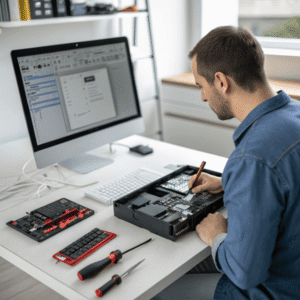
One common mistake is plugging a fast SSD into an old USB port. I ran into this issue myself when I used my laptop’s front port and wondered why files crawled instead of zooming. Turns out, USB 2.0 is a severe bottleneck, capping speeds at 35–40 MB/s, while USB 3.1 or 3.2 can go up to 1,000 MB/s. Here’s a table to show typical slowdowns:
| Cause | Typical Speed | Solution |
|---|---|---|
| USB 2.0 port | 30–40 MB/s | Use USB 3.1/3.2/Thunderbolt |
| Low-quality cable | <100 MB/s | Use included/certified cable |
| File system | <200 MB/s | Format to exFAT or NTFS |
| Background tasks | Variable | Close extra programs |
Small problems add up, hurting the full potential of a good SSD.
Why is my SSD not as fast as it should be?
Even with the right USB port, sometimes speeds are still not impressive. That’s when I learned to dig deeper—tiny details matter a lot.
An SSD may run slow if your system uses the wrong drivers, the device runs hot (An SSD may run slow if your system uses the wrong drivers[^1], the device runs hot (thermal throttling), or the files you transfer are too small for optimal speeds.
[^1]: Exploring this topic can help you ensure your SSD runs at its best by using the correct drivers.
), or the files you transfer are too small for optimal speeds.
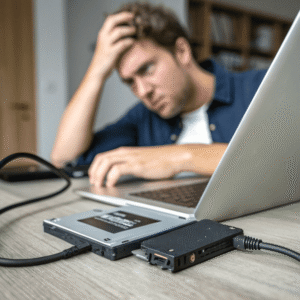
After installing my SSD on a desktop with updated hardware, I still got mediocre speeds. It took research to find that missing or generic USB drivers were the reason. Proper drivers unlock the full throughput from both the drive and the computer. Temperature is another silent enemy—the drive slows down to keep from overheating. Finally, SSDs shine with large files, but small files bomb performance thanks to protocol overhead. Here’s a breakdown:
| Problem | Symptom | Fix |
|---|---|---|
| Bad drivers | Maxes at USB 2.0 | Update USB/Motherboard drivers |
| Overheating | Speed drops overtime | Keep SSD cool, ventilate area |
| Small files | Inconsistent speeds | Batch into larger files if possible |
| Old firmware | Speed erratic | Update SSD firmware |
Fixing these issues can bring your SSD closer to its advertised speeds.
How to get full speed of external SSD?
Unlocking the best speed from your SSD is possible, but only when the whole chain—from device to cable to computer—is optimized. I always recommend checking everything after setup.
To maximize external SSD speed, use a USB 3.1/3.2 or To maximize external SSD speed, use a USB 3.1/3.2[^1] or Thunderbolt port, high-quality cables, correct file system, and keep drivers and firmware updated for both SSD and computer.
[^1]: Explore this link to understand how USB 3.1/3.2 can significantly enhance your external SSD's performance.
, high-quality cables, correct file system, and keep drivers and firmware updated for both SSD and computer.

I’ve made it a habit to test new drives with their included cables on the computer’s back panel ports, where power and speed are best. Avoid USB hubs when possible, as these can introduce slowdowns or inconsistent connections. Matching your SSD’s file system to your workflow ensures easy use between Mac and Windows (exFAT is the safest bet). Here’s the checklist I use:
| Step | Why it Matters | How to Check |
|---|---|---|
| Use correct port (USB 3.2+) | Max transfer speeds | Colored blue/teal port, specs |
| Install/update drivers | Unlocks full throughput | Device Manager on Windows |
| Use original/good cable | Avoids bottleneck/interference | Use manufacturer’s cable |
| Check/format file system | Matches OS, removes old obstacles | exFAT/NTFS for Win/Mac |
| Keep SSD cool | Prevents speed drop | Ventilated surface |
Following these steps unlocks the real speed you paid for, saving time and frustration on every transfer.
Conclusion
Your external SSD isn’t slow by default—fix the weakest link, and you can expect the speed promised on the box for most real work.

